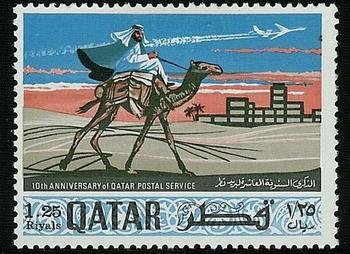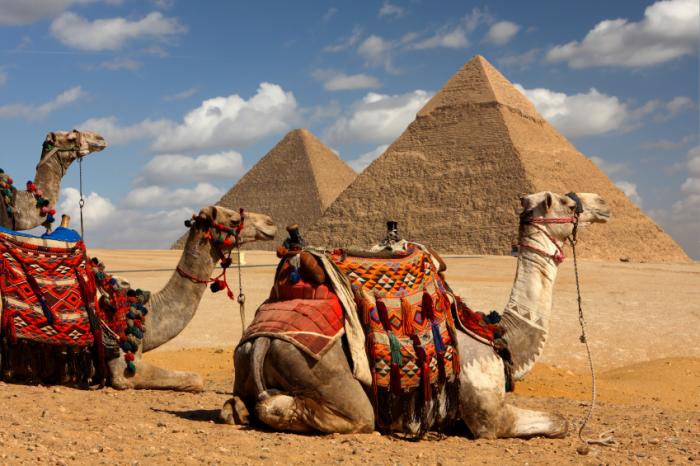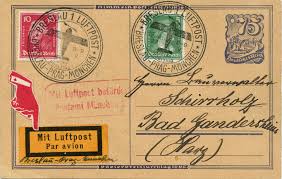Stamp: Mailrider, Dromedary (Camelus dromedarius) (Qatar 1968)
Mailrider, Dromedary (Camelus dromedarius) (Qatar 1968)
14 February (Qatar ) within release Qatar Postage Stamps goes into circulation Stamp Mailrider, Dromedary (Camelus dromedarius) face value 1.25 Qatari riyal
| Stamp Mailrider, Dromedary (Camelus dromedarius) in catalogues | |
|---|---|
| Michel: | Mi:QA 333 |
Stamp is square format.
Also in the issue Qatar Postage Stamps:
- Stamp - Carrier Pigeon (Columba livia forma domestica) face value 2;
- Stamp - 10th Anniversary - Letter writing face value 1;
- Stamp - Mailrider, Horse (Equus ferus caballus) face value 3;
- Stamp - 10th Anniversary - Sea courier face value 60;
- Stamp - Mailrider, Dromedary (Camelus dromedarius) face value 1.25;
- Stamp - 10th Anniversary - Stamps face value 2;
Stamp Mailrider, Dromedary (Camelus dromedarius) it reflects the thematic directions:
A camel (from Latin: camelus and Greek: κάμηλος (kamēlos) from Ancient Semitic: gāmāl) is an even-toed ungulate in the genus Camelus that bears distinctive fatty deposits known as "humps" on its back. Camels have long been domesticated and, as livestock, they provide food (camel milk and meat) and textiles (fiber and felt from camel hair). Camels are working animals especially suited to their desert habitat and are a vital means of transport for passengers and cargo. There are three surviving species of camel. The one-humped dromedary makes up 94% of the world's camel population, and the two-humped Bactrian camel makes up 6%. The wild Bactrian camel is a separate species and is now critically endangered.
Postal history is the study of postal systems and how they operate and, or, the study of the use of postage stamps and covers and associated postal artifacts illustrating historical episodes in the development of postal systems. The term is attributed to Robson Lowe, a professional philatelist, stamp dealer and stamp auctioneer, who made the first organised study of the subject in the 1930s and described philatelists as "students of science", but postal historians as "students of humanity". More precisely, philatelists describe postal history as the study of rates, routes, markings, and means (of transport).


